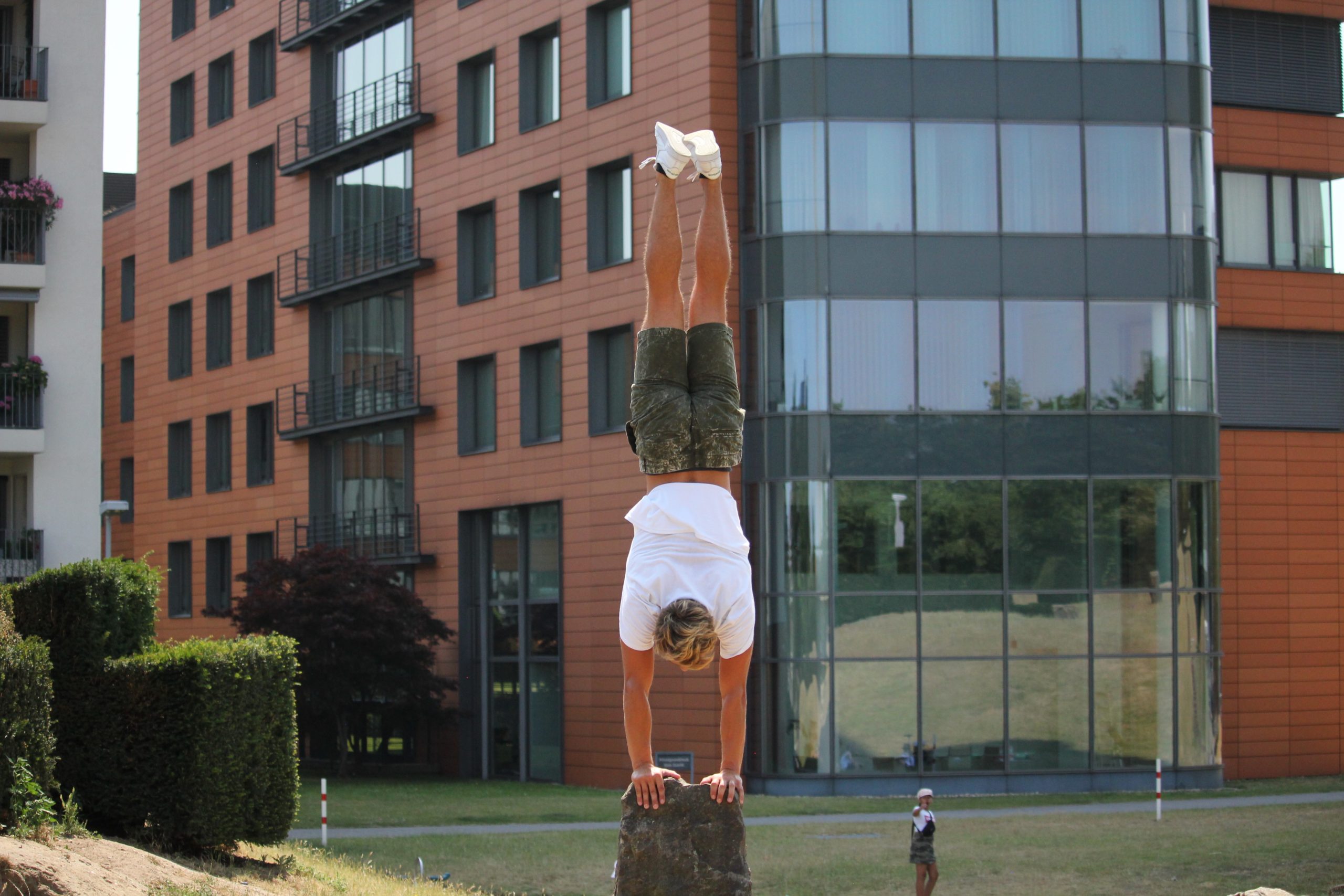 Photo by Piero Nigro
Photo by Piero Nigro
“There are two ways of exerting one’s strength: one is pushing down, the other is pulling up.” —Booker T. Washington
One of the best preventative measures for recurring or chronic pain is to stay fit and maintain a high level of muscular strength and stamina. And this is most often accomplished with exercise and some form of workouts.
But getting and staying fit does not always require equipment.
Minimalist Fitness: A Not-So-New Concept
For some proponents of getting fit with less, high-intensity interval training, or HIIT, is the ticket. In fact, one of the first mentions of “minimalist workouts” may have come from a 2013 New York Times article in which the author noted,
“[P]ublished guidelines from the Health and Human Services Department in 2008 suggested 150 minutes of moderate exercise per week — the equivalent of five 30-minute walks.
But in practical terms, the guidelines have not been a success. By most estimates, at least 80 percent of Americans don’t meet the recommendations. That has led to the quest to find a smaller amount of exercise that will produce health and fitness benefits without intimidating the millions who don’t work out.
And that, in turn, has resulted in the rise of interest in very brief, high-intensity interval training.”
While this can be, and often is, a great approach to attaining a high level of fitness, more traditional exercise regimens can also be employed. In fact, there are a number of programs and workout training that make use of nothing more than bodyweight to build muscle strength and endurance.
There are limits to what can be accomplished with your bodyweight alone, however.
For example, as a post at LiveStrong.com points out,
“If maximal strength in the bench press is your goal, as it would be for a power lifter, then weight training should be your primary method. If you are interested in more general performance or in enhancing your ability to move your body through space, then body weight training is adequate.”
Another limitation is increased resistance. Once your body is fully capable of working with your own body weight, all you can do without equipment is to increase repetitions but, as the same post notes, after a certain point bodyweight resistance produces more of an endurance exercise than a muscle-building one.
All of which simply means that, while minimalist workouts using only bodyweight won’t be enough for the CrossFit Games, it can be more than sufficient for building optimum muscle strength and stamina, or endurance, for living.
Minimalist Workouts With Minimal Pain
Like any intense or vigorous physical action, working out carries with the risk of injury or residual pain. And, sometimes, the pain is actually the result of cumulative stress that one day seemingly never seems to go away.
Whether from overdoing it or from doing it wrong, exercise can lead to injuries and pain. This is why injury prevention should be an integral part of your bodyweight workout routine.
Here are some basic steps to incorporate into your minimalist workout routines:
Warm Up
Warmup includes a form activity before the actual workout begins. It is an essential part of the workout session and shouldn’t be taken lightly. The purpose of a warmup is to prepare the body for the upcoming activity.
Stretching
Proper and timely stretching is critical for preventing or avoiding muscle injury. According to an article at Madbarz.com,
“In research, stretching hasn’t been linked to the decreasing of bone or joint injuries, but it has shown to decrease muscle related injuries. Considering that muscle strains are a quite common type of injury it is very much recommended to include stretching at the end of your workout.”
Correct Technique
Correct technique and form means keeping a proper body posture while performing an exercise. Every exercise has its certain technique that has to be learned to get the best benefits and reduce injury risk. Technique complexity depends on the exercise itself.
Recovery
After a workout, proper recovery is often a neglected part of the fitness sequence. Recovery allows the body’s systems to return their bodily functions to homeostasis or balance. This can be achieved through rest, sleep and additional recovery methods such as massage.
We Want to Know About Your Pain Issues
Do you find yourself suffering from pain more frequently, or experiencing chronic pain? It could be that your body is taking unnecessary efforts to compensate for something deeper.
To understand the real underlying cause of your pain issues, we invite you to call us for an appointment. During your initial phone consultation and subsequent assessment we will learn all we can about your present pain and condition, along with any history of discomfort, as well as your current level of physical activity and your workout regimens.
Treating and relieving your pain starts once we understand where and how your pain started.
A full examination will help us determine which form of treatment is best suited to get you on your road to recovery. Your trust in us is key, as is your honesty. Ultimately, getting your body healthy and working properly is the only way to achieve total recovery.
Our goal is to work through the sequence of pain and dysfunction in order to get your body healthy and working properly and to achieve total recovery. Don’t hesitate to reach out. We are here to help and will answer any questions that you may have. You can reach us at (707) 636-4404 or by filling out our online contact form.